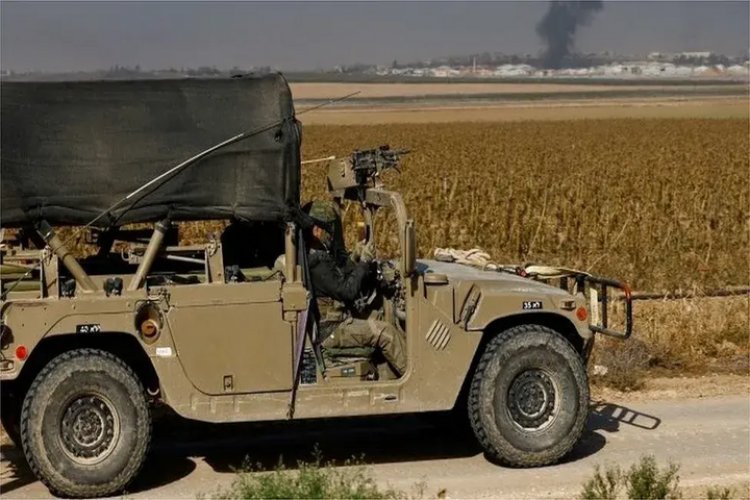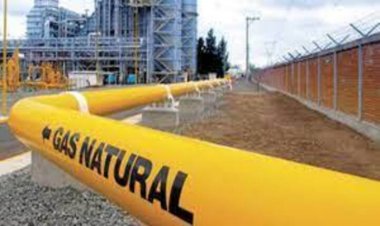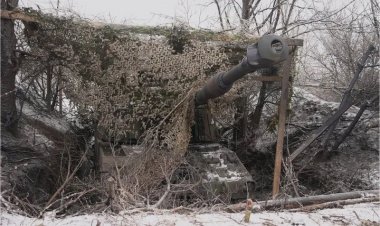Israel determined to finish Gaza operation despite civilian suffering

Israel is on holiday. Schools are out, and away from the frontline areas the shopping centres are full. Cake shops are bursting with the doughnuts that Jews like to eat during Hanukkah, the current religious festival.
It is different the closer you get to the fighting. Along the Gaza border, the area known by Israelis as the "envelope", tanks and troops are moving, civilians are mostly elsewhere and it looks like a war zone.
In the north, along the border with Lebanon, communities have also been evacuated and the military continues to exchange fire with Iran's strongest ally, Hezbollah.
But casual visitors might be able to deceive themselves that life has somehow returned to "normal" in central Israel, the broad swathe of land between Jerusalem and Tel Aviv.
A sharp reminder of how wrong that impression would be came as I drove down to Tel Aviv.
The air raid sirens started, and the red alert app Israelis have on their phones sent out warnings as cars swerved onto the hard shoulder so the people inside could stop to take cover. Other drivers accelerated to speed out of the area. In the confusion, three cars managed to crash into each other.
We pulled over as a group of women left their car and held each other in a tight, terrified embrace.
Overhead, vapour trails from the Iron Dome anti-missile system arched towards the rockets coming from Gaza, loud explosions cracking across a deep blue sky as they downed most of the projectiles. One man was injured, in Holon, just off the highway.
Jeremy Bowen (Jerusalem)

























